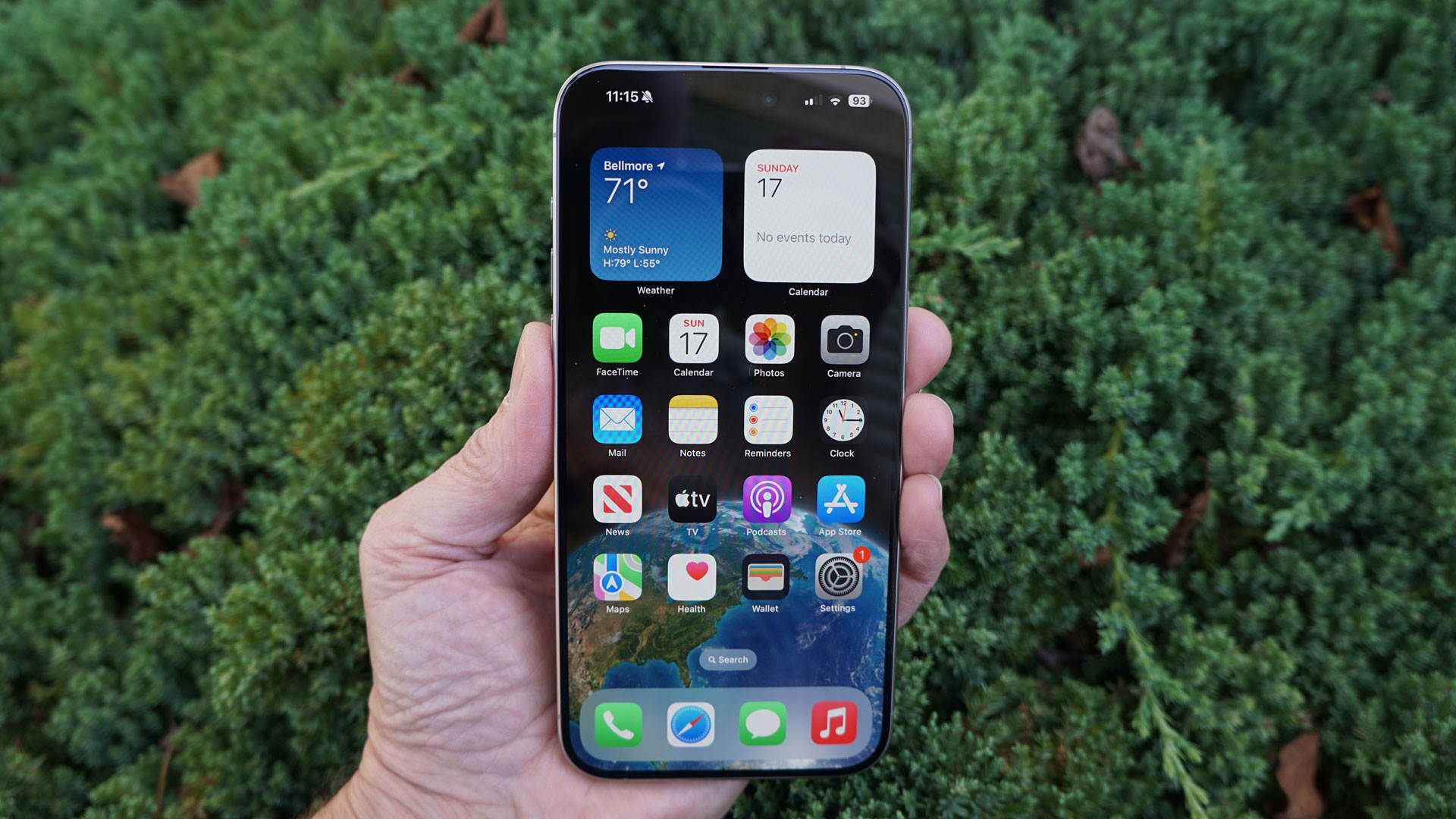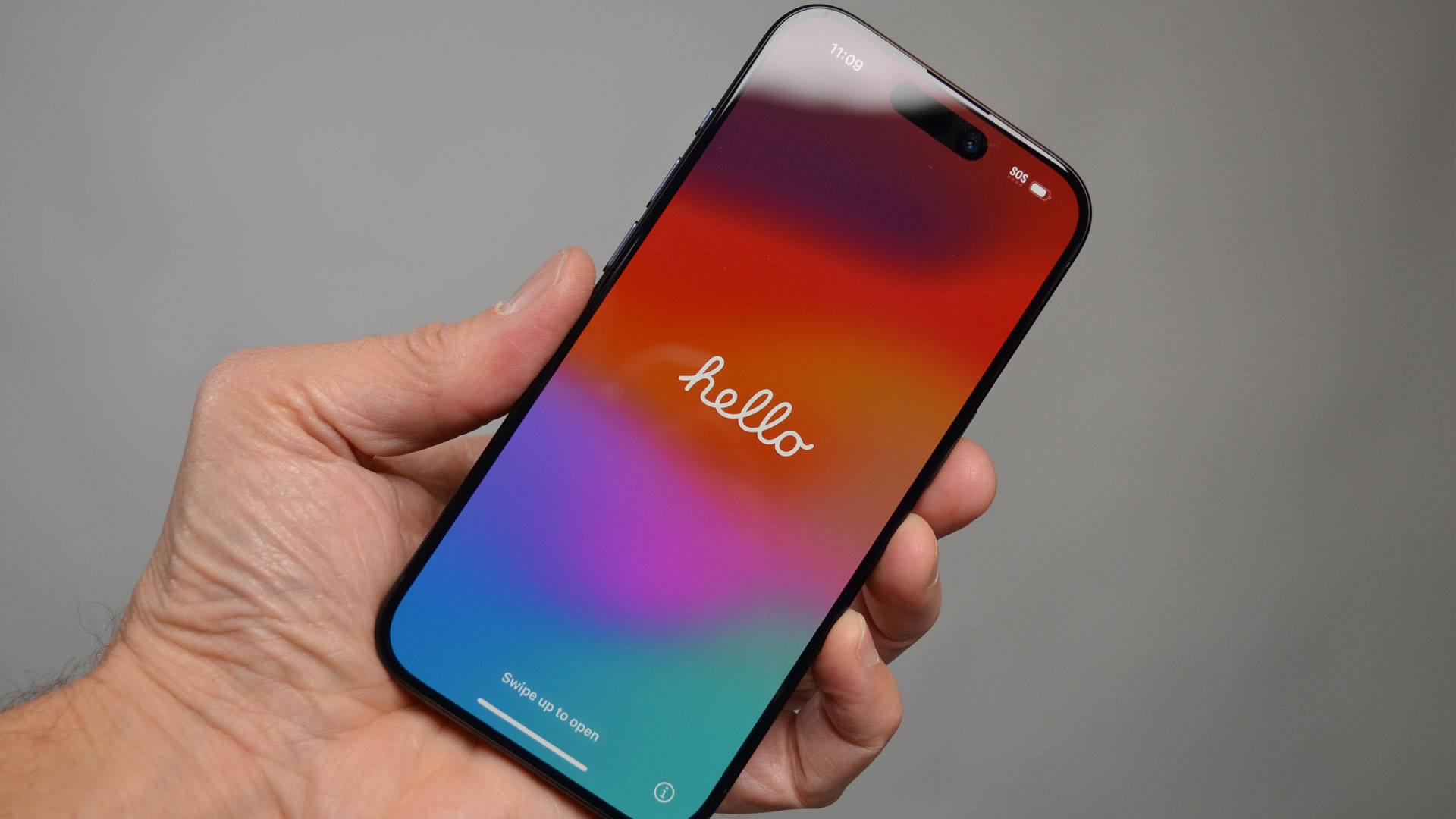The iPhone 16 should have better battery life, but smartphone batteries won't be great until this breakthrough arrives

When Apple unveils its anticipated iPhone 16 lineup at its September 10 Glowtime event, it'll likely tout innovations in photography, design, and especially AI (that's Apple Intelligence), but I'll be listening for news on a pair of key features: battery life and charge speeds. Sadly, I don't expect the major innovation I want, at least not this year.
Unlike the leaps that artificial intelligence is making across the smartphone spectrum, battery technology's pace of innovation is more tectonic. Sure, there have been updates in capacities, efficiency, and safety, but the lion's share of battery life extension we get in our best iPhones comes through software management, including AI that, as Apple told me some years ago, works in the background to manage battery use and longevity.

This year's expected iPhone 16 line could possibly get larger batteries in the iPhone 16 Pro and iPhone 16 Pro Max. Adding 5.7% and 9.2% larger batteries in these phones is likely a matter of shrinking components and leaving more room, not some power breakthrough. The current batteries are reportedly 4,383 mAh on the iPhone 15 Pro and 4,444 mAh on the iPhone 15 Pro Max (Apple doesn't publicize its own battery capacity). I don't think these increases bring the new iPhone 16 family to 5,000 mAh, though I'd love to see them get there this year.
There are also whispers that the lineup will finally get ultra-fast charging capabilities. This means switching from, say, a 50% charge in 30 minutes with a 20W charger to, perhaps, 100% in 65 minutes with a rumored new 43W ultrafast charger (one, by the way, that will surely not ship for free with any iPhone).
I, like everyone else, will welcome these changes but they're not the battery innovation I really want. Surely, it's time for smartphone batteries to make the shift from a day of charge to a week, and to maintain full recharge capacity for the full lifespan of the phone.
The future of batteries
Some of this is possible with a technology that reports suggest Apple and others are working on right now: Solid-state batteries. As the name implies, these batteries replace the liquid in traditional lithium-ion batteries, typically liquid electrolytes that produce the chemical reaction (moving ions) to make power, with a solid material like ceramics or silicon.
Potential benefits of solid-state batteries include increased safety (liquid is more volatile than solid), more energy out of a smaller space thanks to greater density, better longevity, faster charging, and a lower carbon footprint.
Sign up for breaking news, reviews, opinion, top tech deals, and more.
Sounds good, right? Rumors claim Apple is working on this technology for future iPhones, but I do not mean the immediate future. There is essentially zero chance that solid-state batteries will arrive in the iPhone 16. Some prognosticators believe Apple is eyeing 2026, which would mean the iPhone 18. Maybe that's possible. However, the current limitation of solid-state batteries is size. Yes, even smartphone-sized solid-state batteries might be a problem.
There is essentially zero chance that solid-state batteries will arrive in the iPhone 16.
TDK, the company that supplies most of Apple's iPhone batteries, is hard at work on solid-state battery technology, but its recent breakthroughs are only usable in watch-sized batteries. The ceramic that TDK is using in these batteries is far more fragile than what you'd find in a traditional lithium-ion iPhone battery, and growing solid-state battery technology up to smartphone size might not be possible for some time. Not until Apple and TDK can figure out how to make a thin, lightweight, and ultra-strong housing for the solid-state battery, one that can fit in a traditional iPhone without making it twice the size of an iPhone 16 Pro Max.
We can expect some worthwhile battery updates in the iPhone 16, but our battery lives won't change until TDK and other researchers figure out how to increase solid-state batteries to your best iPhone's size. That won't be the iPhone 16; it might be the iPhone 18, but is more likely somewhere in the iPhone 20 range.
You might also like
- The iPhone 16 Pro might fix the one reason I switched to the iPhone ...
- Apple's iPhone 16 launch event – 5 things we expect and 3 things ...
- Apple just sent out invites for the iPhone 16 event – 'It's Glowtime.' is ...
- iPhone 16 Pro design predictions: expected designs for the top two ...
- iPhone 16 Pro camera predictions: every expected camera on the ...

A 38-year industry veteran and award-winning journalist, Lance has covered technology since PCs were the size of suitcases and “on line” meant “waiting.” He’s a former Lifewire Editor-in-Chief, Mashable Editor-in-Chief, and, before that, Editor in Chief of PCMag.com and Senior Vice President of Content for Ziff Davis, Inc. He also wrote a popular, weekly tech column for Medium called The Upgrade.
Lance Ulanoff makes frequent appearances on national, international, and local news programs including Live with Kelly and Mark, the Today Show, Good Morning America, CNBC, CNN, and the BBC.